Should You Self-Build a Bungalow?
In the UK, bungalows are one of the most sought-after, but least available, types of house – in fact, a third of all homeowners claim that this type of property is the ideal place to live. However, this pent-up demand for living on one level is not being satisfied by commercial developers.
With this being unlikely to change in the near future, frustrated buyers are finding that the best way to get one is to create it themselves. Experience has shown that whatever self-builders are doing now is likely to influence the professional construction industry in due course. So, how can we help to bring about a renaissance?
Why the gap in the market?
In recent years, the cold hard economics of volume house development means it’s become preferable to create larger dwellings on smaller plots by building upwards. For instance, imagine there are two homes being built, each with the same floor space, but one is a two-storey and the other a bungalow – the latter will need twice the length of foundations and double the size of roof for the same floor area.
The problem is that this requires more expense. The government’s building targets haven’t helped, either, because demand for the density of new housing has effectively worked to push bungalows out of the picture.
The planners can take a slightly more positive view of single-storey homes, especially where they are being built on one-off sites infilling between houses or in a back garden. In some cases they might impose a low ridge height.
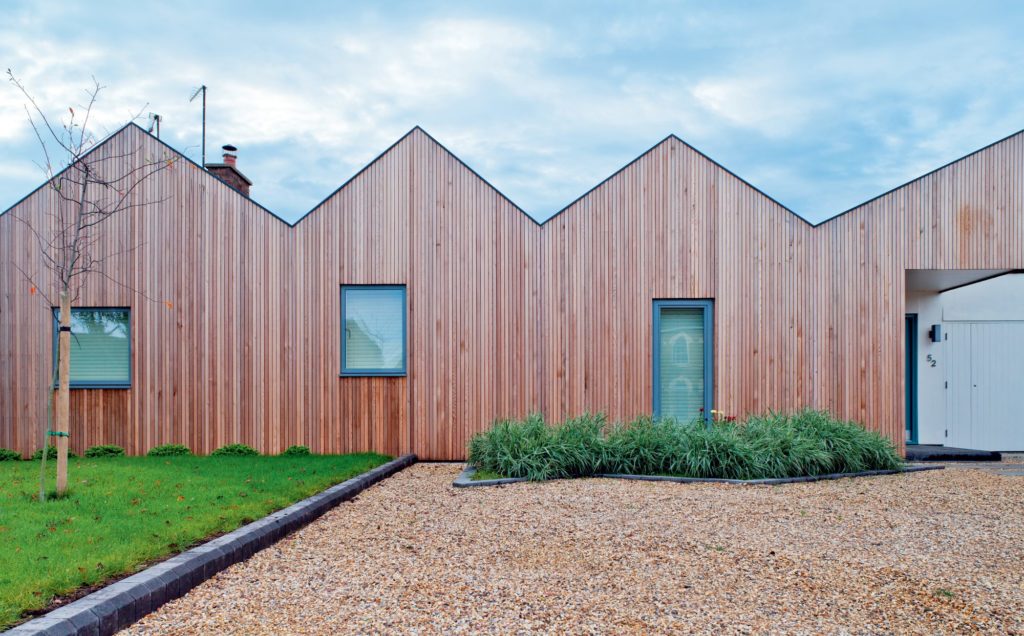
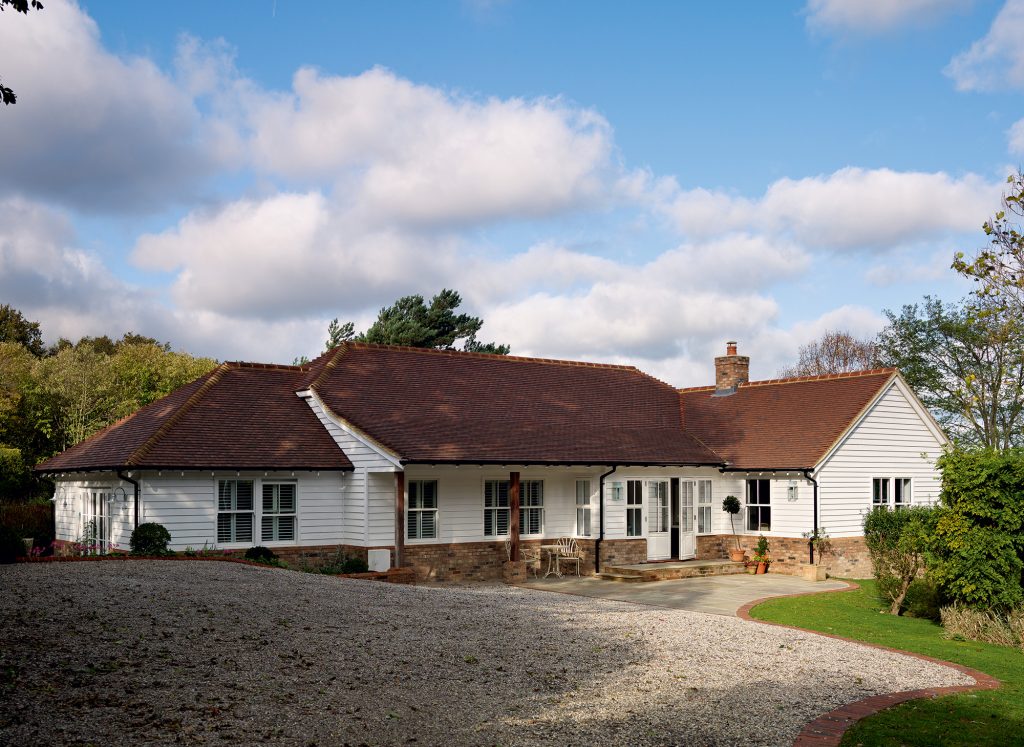
This makes the property less visible and the resulting absence of first floor windows means the privacy of neighbours is protected. These benefits suggest that increasing community involvement in the planning approval process could lead to more bungalows, simply because they have less impact on their surroundings.
The steady increase in land prices doesn’t help to boost the popularity of single-storey properties, either. In areas where land is scarce it is quite profitable to demolish an existing bungalow and replace it with a large two- or three-floor house or even a pair of semis or a terrace.
Plus, older bungalows built before certain planning policies took effect offer the perfect opportunity for replacement builds that would otherwise never get permission. All these different factors place the bungalow at threat of extinction, which would be a shame considering the fact that living across a single storey has numerous benefits.
The advantages
Single-storey living is no longer viewed as only suitable for older generations, as self-builders of all ages recognise the benefits. While it’s true that those with limited or declining mobility are likely to find life on one level highly desirable, younger families may also discover bungalows a peaceful comparison to multi-storey living – particularly as there is no risk of noise filtering down from above.
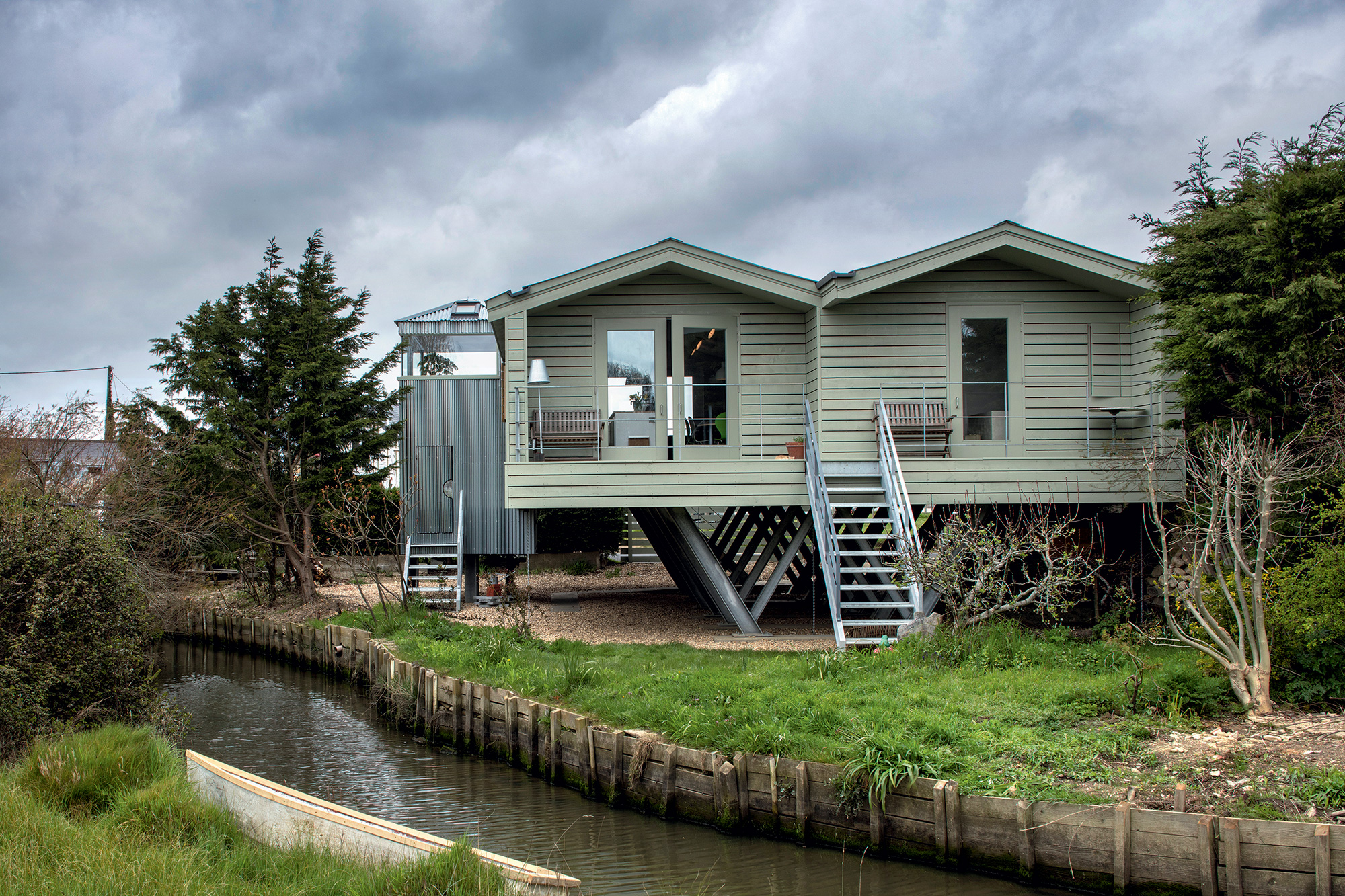
With many of us living longer, life without stairs offers real convenience; some estimates suggest that there are about half a million over 55s desperate to downsize from large family homes into a single-storey building. Another boon is that, as an endangered species, good bungalows tend to fetch a premium on the property market.
In terms of the construction itself, DIY self-builders usually find a bungalow easier to create. There’s less work at height and reduced need for major structural labour, such as inserting steel beams – particularly if the roof trusses can span the entire depth of the building without requiring internal walls to support them.
As they aren’t often produced by mass developers, modern, one-off bungalow designs tend to be tailored towards their owners’ needs and constructed to a good standard. This is largely the case when it comes to those who self-build to downsize. In my experience, these homeowners tend to be used to a high quality of design and spec, so see no reason to compromise.
Designing a bungalow
Creating a light-filled home is a priority for the majority of people creating tailor-made houses. Bungalows are often wide, so you need to make sure daylight can penetrate the middle of the dwelling. There is a tendency for the layout to be made very deep, with the living spaces pushed to the edges.
This means that the centre (which usually hosts a corridor) ends up being very dark. A better alternative is to create open-plan spaces that allow light to reach the middle, with access to subsidiary rooms via the main areas rather than through narrow passages.
Another way of getting light into the depths of the plan (and in turn reducing the roof height) is to create an internal courtyard, which will provide a private outdoor space as well as brightening up any corridors or rooms that surround it. Also, with a large footprint and low eaves, be careful that the roof doesn’t over-dominate the external appearance.
Being on one level provides the opportunity to remove ceilings and open rooms up to the roof space with tall vaulted rooms and by adding numerous rooflights. The result will be surprisingly light-filled, voluminous living areas. You may also want to include an open gable, with glazing running from ground level right up to the ridge. This creates dramatic interiors and will give the external design a distinctive character.
Forward thinking
It’s worth considering how the space in your finished bungalow could be adapted in the long term. If your family is likely to expand or you want to boost the value further down the line, include an attic that could be converted at a later date. Choosing the right roof trusses is key to achieving this.
The cheapest standard designs have lengths of timber that zigzag across the space, making any loft area suitable only for storage and creating a skeleton that is hard to remove without major structural work. Attic trusses, which come with a large gap in the middle, cost only a little bit more, but are able to provide an instant storage opportunity that only needs a simple fitting out to become a usable extra room.
As the popularity of single-storey-living grows within the self-build industry, perhaps we will see the rehabilitation of the bungalow as the quintessential British home.
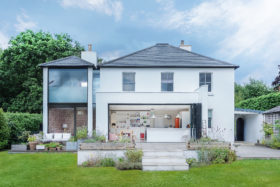
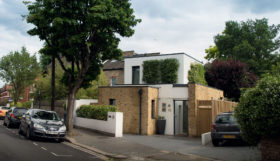





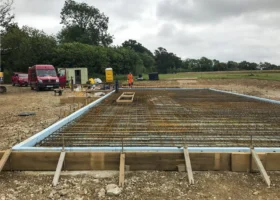



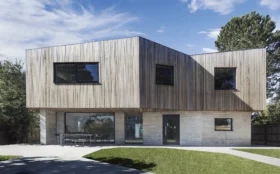



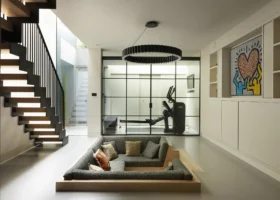
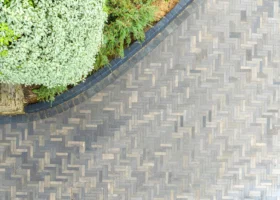


























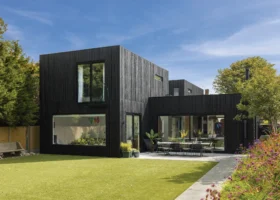


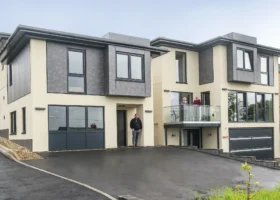




























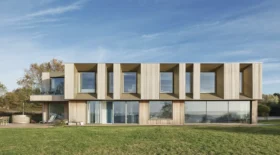















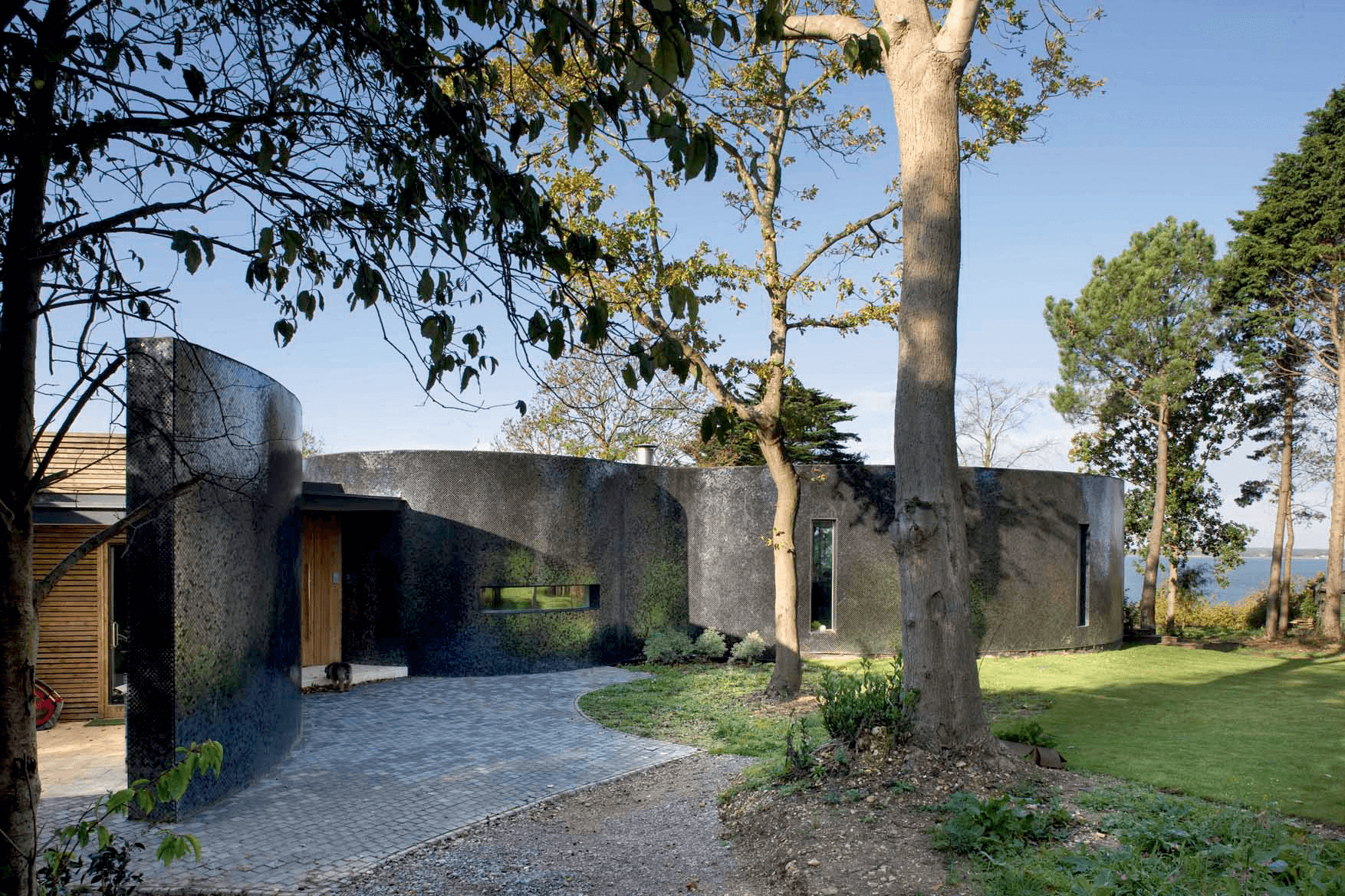
 Login/register to save Article for later
Login/register to save Article for later

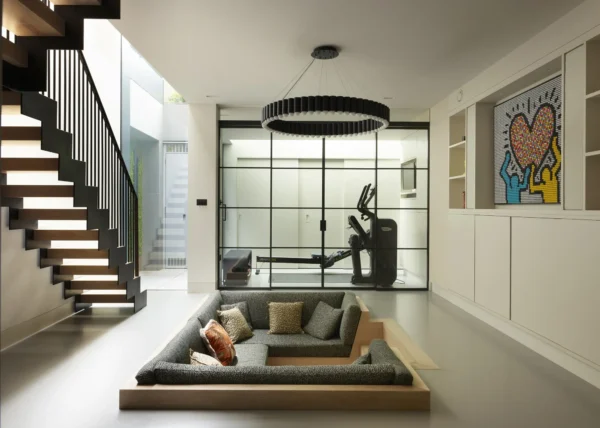

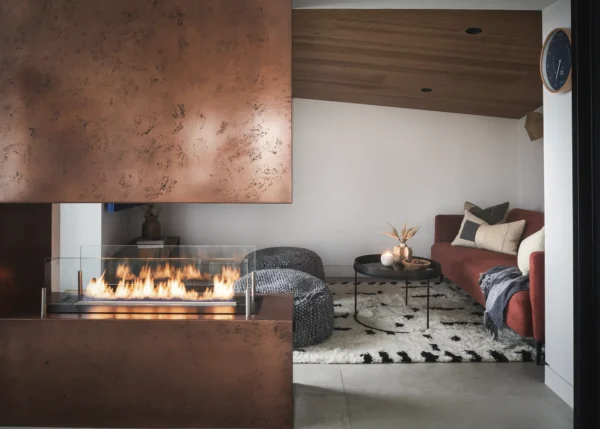
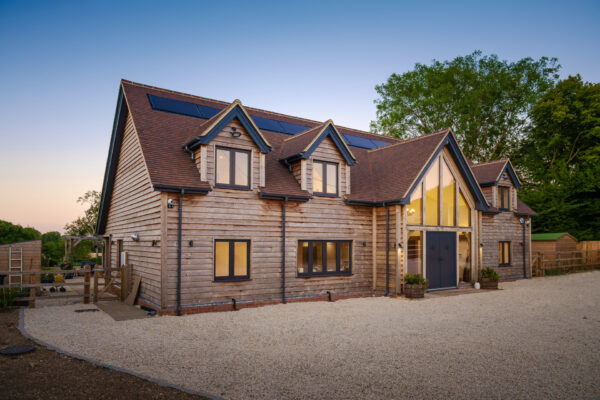
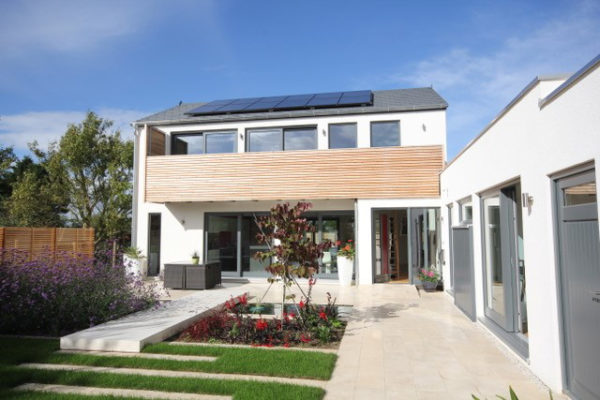
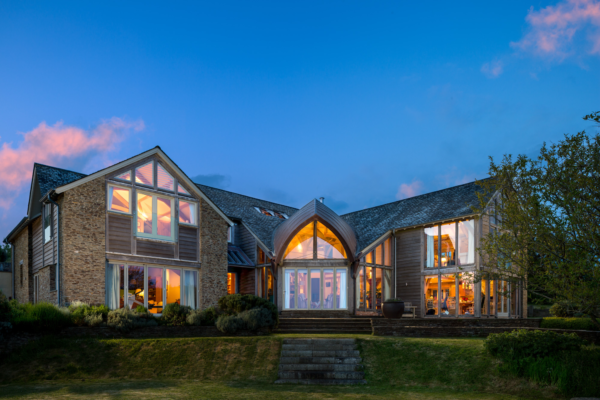
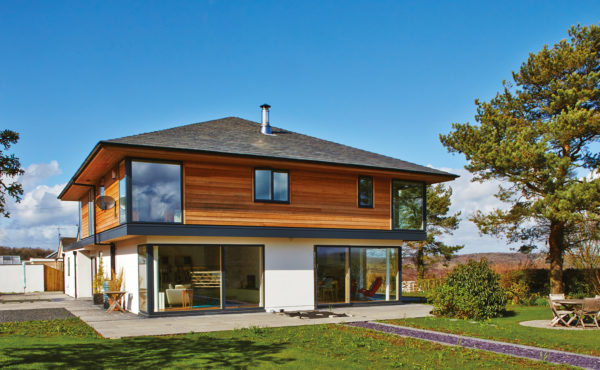




Comments are closed.